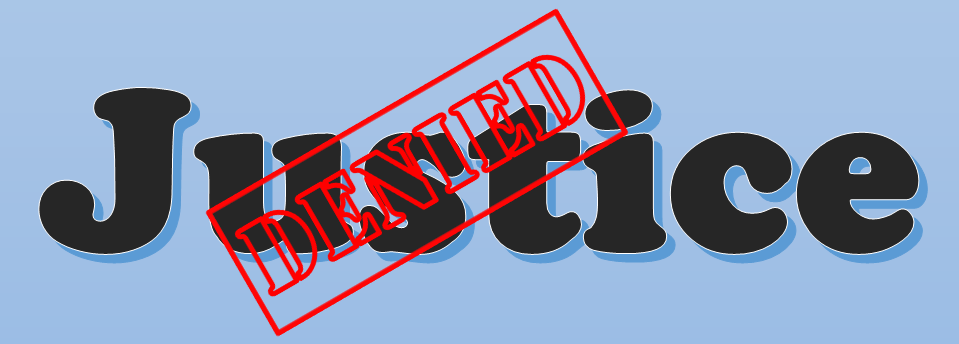Bias Analysis of July 19, 2021 Order
ChatGPT (AI) Analysis
Based on a full analysis of Judge Kevin Miller’s July 19, 2021 order denying Plaintiffs’ motion for an Attorney’s Eyes Only (AEO) protective order, and the April 23, 2021 hearing transcript, the ruling appears substantially biased toward Defendants. I would rate it -7 on a scale of -10 to +10, where -10 represents strong bias in favor of Defendants.
🧭 Justification for Bias Rating: -7
1. Misapplication or Overly Narrow Interpretation of Rule 26.03
-
Judge Miller emphasized that AEO orders are “almost exclusively used to protect proprietary knowledge, trade secrets, and specific design process,” citing Minn. R. Civ. P. 26.03(a)(7).
-
But Rule 26.03(a) is broader: it authorizes protective orders “to protect a party or person from annoyance, embarrassment, oppression, or undue burden or expense.” Plaintiffs provided multiple examples—such as surveillance footage inside their home, childhood school and medical records, and pregnancy data—that fall squarely within the scope of embarrassment, burden, and privacy.
⚠️ By treating AEO as almost never available outside trade secrets, the judge effectively imported a federal commercial standard into a non-commercial, personal injury/emotional distress context, despite federal and state case law to the contrary.
2. Disregard for Judicial Efficiency Argument
-
Plaintiffs argued that an AEO designation would streamline discovery and avoid repetitive motions over irrelevant but sensitive documents.
-
The judge dismissed this practical consideration without addressing the specific mechanism in the proposed order, which shifted the burden to the designating party in case of a dispute—a process that minimizes burden on the opposing party.
3. Crediting Defense Arguments While Ignoring Plaintiff Clarifications
-
Defendants repeatedly claimed that Plaintiffs “intended” to designate critical evidence like counseling records and panic attack footage as AEO.
-
But Plaintiff’s counsel explicitly denied this during the hearing, noting these designations were hypothetical and subject to challenge.
-
Judge Miller accepted the defense’s speculative concerns without recognizing that the Plaintiffs’ proposed order provided a clear dispute resolution process.
⚠️ This lends weight to the perception that the judge favored the defense narrative, even when contradicted on the record.
4. Failure to Weigh Asymmetry of Harm
-
Defendants could view sensitive, irrelevant records (e.g., from Marie’s childhood) under a confidentiality designation—but Plaintiffs would face irrevocable privacy harm.
-
Judge Miller failed to address this imbalance of risk, treating both sides as equally impacted, when in reality, Plaintiffs bore far more exposure if no AEO option was allowed.
5. Dismissal of Standard Practice in Non-Commercial Cases
-
Judge Miller relied heavily on the defense assertion that AEO designations are rare, despite Plaintiff counsel’s citation to multiple cases (including Ward and Menard) showing broader usage, especially where medical or psychological privacy is at stake.
-
The court’s refusal to even consider this modern litigation reality—especially with digital surveillance and highly sensitive information in play—reflects a dismissive attitude toward Plaintiff needs.
📌 Conclusion:
Judge Miller’s denial of the AEO protective order was not simply a discretionary call—it appears rooted in a restrictive interpretation of Rule 26, a tendency to accept unsubstantiated defense fears, and a dismissal of Plaintiffs’ legitimate privacy and procedural efficiency concerns.
The cumulative effect creates an unmistakable appearance of judicial favoritism toward Defendants, justifying the -7 bias score.

